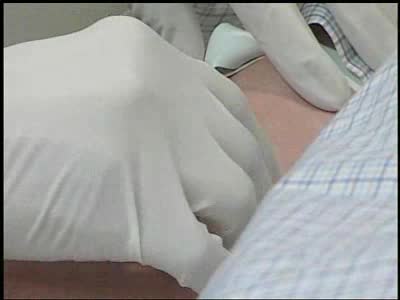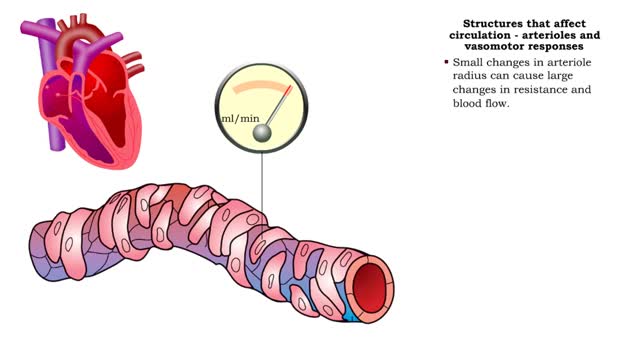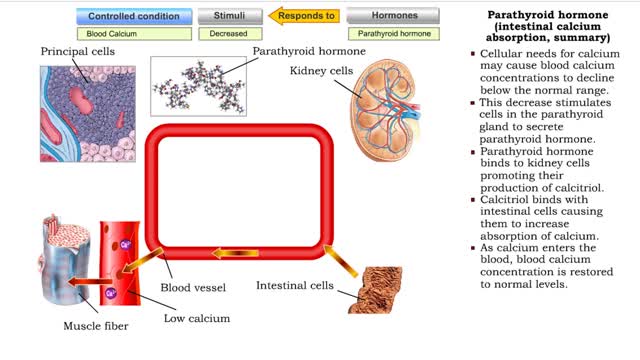Search Results
Results for: 'egulate blood glucose'
Bulk flow - factors that influence bulk flow
By: HWC, Views: 10945
• Bulk flow helps regulate the relative volumes of blood and interstitial fluid. • Flow from blood to interstitium is called filtration. • Flow from interstitium to blood is called reabsorption. • Four factors determine the net direction of capillary exchange. • These factors in...
By: Administrator, Views: 14520
How blood is taken from a patient. Phlebotomy is the process of making an incision in a vein with a needle. The procedure itself is known as a venipuncture.
Atrial natriuretic peptide (vasodilation) & Aldosterone
By: HWC, Views: 11132
• Certain situations will cause the body's stress level to rise. • increased blood pressure will stretch the atria of the heart, stimulating the secretion of atria natriuretic peptide (MP). • ANP causes muscle cells in blood vessels to relax. • Blood pressure is lowered as a result ...
Introduction to Sickle Cell Anemia
By: Administrator, Views: 14912
Sickle cell anemia (sickle cell disease) is a disorder of the blood caused by an inherited abnormal hemoglobin (the oxygen-carrying protein within the red blood cells). The abnormal hemoglobin causes distorted (sickled appearing under a microscope) red blood cells.
Structures that affect circulation - kidneys and blood volume and skeletal muscle pumping
By: HWC, Views: 12070
• Kidneys regulate blood volume and blood osmolarity via salt and water reabsorption. • Increased reabsorption increases blood volume and venous return (and CO). • Decreased reabsorption Increases urine production, which decreases blood volume and venous return (and CO). • Systemi...
Oxygen transport - methods and oxyhemoglobin
By: HWC, Views: 11249
• The blood is the medium used for gas transport throughout the body. • Oxygen is only available in the lungs. Because the partial pressure of oxygen is higher in the alveoli than in the blood, oxygen diffuses into the blood and is transported to systemic cells. • At the tissues the par...
Role of the urinary system - acidosis and alkalosis
By: HWC, Views: 11546
• Tubular cells of the proximal convoluted tubule and collecting tubules can alter filtrate pH and therefore blood pH. • These cells can affect blood pH with two coupled mechanisms: • Reabsorption of bicarbonate ions. • Secretion of hydrogen ions. • The reabsorption of bicarbonate...
Structures that affect circulation - arterioles and vasomotor responses
By: HWC, Views: 11048
■ Small arteries and arterioles determine SVR. ■ Blood pressure drops significantly as blood passes through arterioles. ■ Decreasing arteriole radius and decreased wall elasticity are the main reasons for increased SVR. ■ Small changes in arteriole radius can cause large changes in ...
Parathyroid hormone (bone resorption) & Calcitonin (bone deposition)
By: HWC, Views: 11280
• Cellular needs for calcium may cause blood calcium concentrations to decline below the normal range. • This decrease stimulates cells in the parathyroid gland to secrete parathyroid hormone. • Binding of parathyroid hormone to osteoclasts in bone tissue promotes bone resorption and th...
Advertisement











